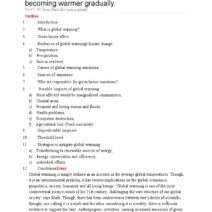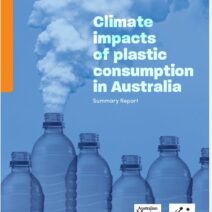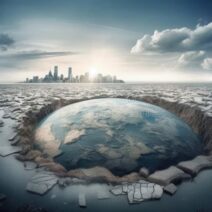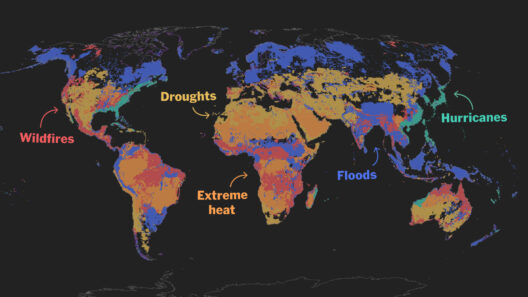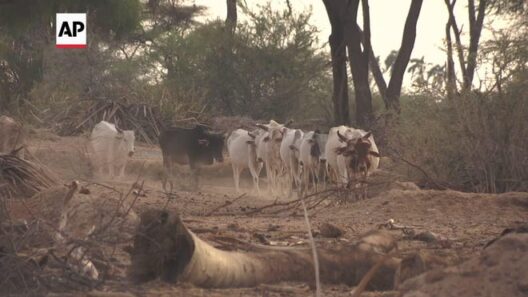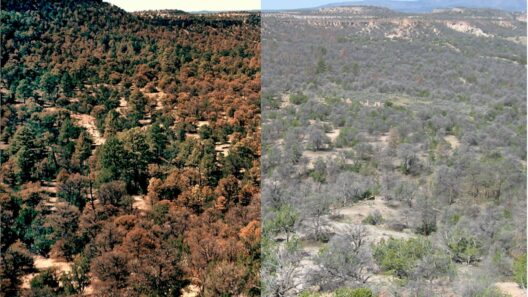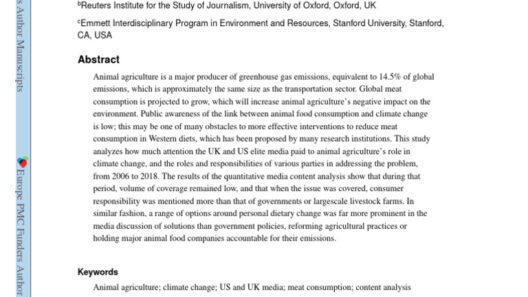In the heart of the frigid Southern Hemisphere, penguins reign as regal icons of the natural world. Their distinctive waddles, charming social behaviors, and remarkable adaptations to the harsh climates of Antarctica and other sub-Antarctic regions beguile our admiration. However, beneath the surface of this enchanting existence lies a stark reality—global warming poses an existential threat to these aquatic avians. When habitats vanish, the repercussions stretch far beyond mere displacement; they disrupt entire ecosystems, challenge biodiversity, and herald a new era of unforeseen consequences.
As climate change accelerates, the earth’s temperatures rise, creating a ripple effect throughout various biomes. Ice caps melt at an alarming rate, leading to rising sea levels that submerge coastal habitats critical to several penguin species. The iconic Adelie and Emperor penguins, for instance, rely on the icy expanses of their native environments for breeding and rearing their young. In the absence of stable sea ice, these industrious birds find themselves marginalized, with fewer safe nesting sites available. What once seemed an endless expanse of glistening ice is now a shrinking, uncertain landscape.
Evidence shows that penguin populations are experiencing profound shifts. The Antarctic Peninsula, one of the fastest-warming regions on the planet, is witnessing a remarkable decline in its moss-covered areas, crucial for sustaining krill populations. Krill, an essential component of the marine food web, serves as a primary food source for a variety of marine creatures, including penguins. As nutrient-rich waters become increasingly stratified due to changing temperatures, the delicate balance that sustains these ecosystems is thrown into disarray. Without krill, the very foundation upon which penguin populations rely becomes precarious.
Not only do rising temperatures disrupt krill populations, but they also alter the migratory patterns of prey species. Fish and other marine organisms may seek cooler waters or different breeding grounds, placing additional stress on penguin populations that depend on specific geographical areas for feeding. Penguins, particularly those like the Galapagos penguin that inhabit the equator, are becoming increasingly vulnerable as the climate warms—forcing them to adapt to shifting conditions or face severe declines.
In addition to rising ocean temperatures, the phenomenon of ocean acidification merits further scrutiny. As the atmosphere absorbs increased levels of carbon dioxide from human activities, oceans absorb a significant share. This leads to a decrease in the pH levels of seawater, adversely affecting shellfish populations that serve as crucial dietary components for many penguins. If these organisms struggle to survive, the cascading effects on predator species, including various penguin families, could be dramatic, potentially culminating in nutritional deficits and, ultimately, population declines.
Diminished ice habitats lead to another formidable challenge: increased competition. In the scramble for dwindling resources, penguin species may find themselves facing competition from other marine predators, such as seals and seabirds. Behavioral changes might emerge as these species vie for the same prey, exacerbating the pressures on food supplies. In a world where every fish counts, the struggle for sustenance takes on a heightened significance.
Moreover, the repercussions of climate change extend beyond physical displacement and food scarcity. Behavioral changes, particularly in terms of breeding and nesting, also come into play. Penguins typically rely on specific conditions for successful reproduction, including stable ice platforms for nesting. As these platforms erode, the failure to protect their young becomes an imminent threat. Survey data indicate that many penguin colonies are reporting lower breeding success rates—a sobering statistic emphasizing the urgency of addressing the climate crisis.
As we seek solutions and adopt measures to mitigate these cascading effects, conservation efforts are more vital than ever. Establishing marine protected areas can help secure crucial habitats and mitigate anthropogenic pressures. Raising public awareness about these issues generates the impetus for more responsible consumption and engagement with conservation initiatives. Strategic policy changes, bolstered by effective international cooperation, are necessary to address the root causes of climate change and ensure that penguins—and indeed, all species—are afforded the opportunity to thrive.
We must exemplify the virtue of resilience, not just for penguins but as stewards of the environment. Education and science must drive our efforts to illuminate the challenges that climate change presents. From inspiring the next generation of conservationists to galvanizing community engagement, individual actions can compound to create significant impact. Supporting organizations that advocate for bold policy actions, ocean health, and climate legislation is paramount in this endeavor.
In conclusion, the plight of penguins amid the inexorable march of global warming serves as a clarion call for our species. The disappearance of their habitats exemplifies a broader narrative concerning the fragility of our ecosystems. By shifting perspectives, we realize that the fate of these wondrous birds is intertwined with our own. Exploring innovative solutions requires curiosity and commitment; in acknowledging our shared responsibility, we can strive toward a future where both penguins and humanity coexist in harmony with the planet. Together, we can avert the crisis that looms, ensuring that the captivating dance of penguins on icy shores continues for generations to come.
